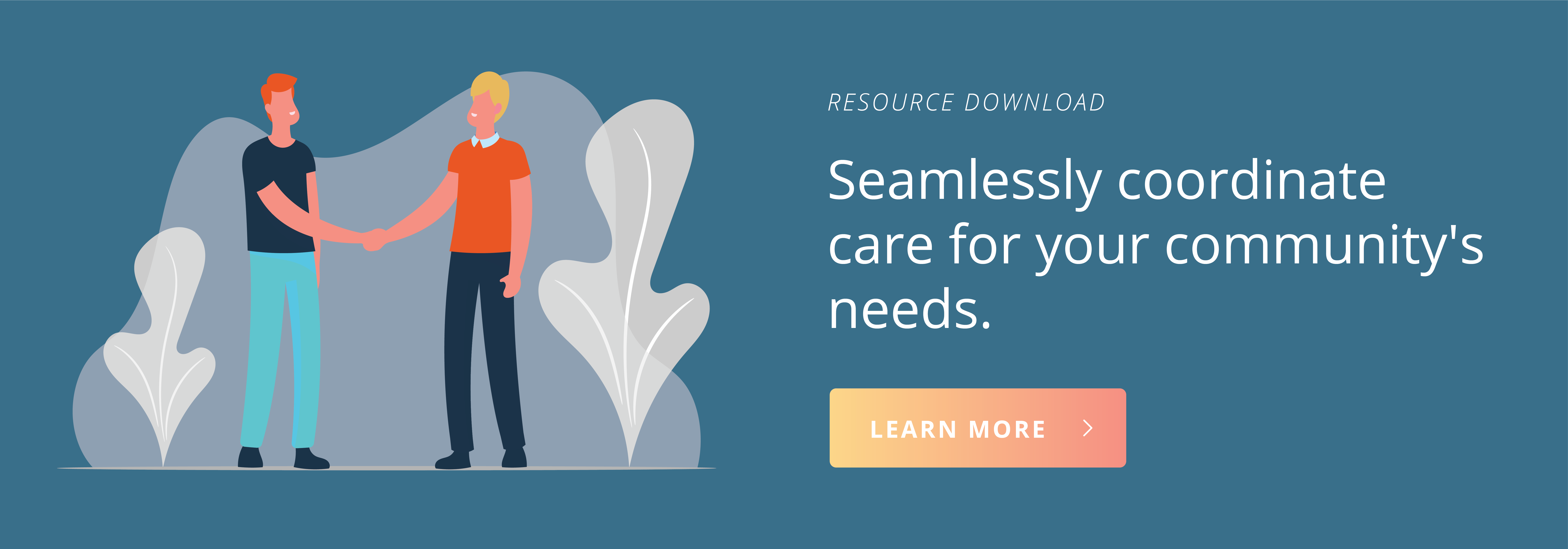In 2019, Activate Care welcomed Rich Porcelli to the company as Director of Community Engagement. In this new role, Rich will leverage his deep and varied background as a trainer, consultant, and mental health clinician to help communities across the country design and implement coordinated health and social care networks.
Over the past 10 years, I have had the privilege of traveling the country and working with many healthcare organizations that have set out to build sustainable patient programs that address social health issues such as food insecurity, transportation, and housing insecurity. In this work, most recently at Health Leads, I spent a lot of time looking at how social needs strategies help healthcare organizations advance their mission, as well as diagnosing what systemic issues have prevented those programs from working in the past.
Much has changed in the world of social needs during this time. Just four or five years ago, in the wake of care transformation initiatives like the Accountable Health Communities (AHC) and Comprehensive Primary Care Plus (CPC+), the push to embrace social needs screening had reached a fever pitch. In 2019, we're solidly in a moment where social needs screening has become a best clinical practice and is being integrated in a majority of medical care settings. Patients and providers alike have embraced social needs screening. Our collective focus has now shifted beyond screening and referrals to fix our gaze on the next step of the process: tracking outcomes of referrals made to community partners.
Defining SDOH Outcomes Tracking
While social needs screening has become a norm in many clinical settings, there still is not an agreed-upon definition of what a successful outcome looks like. Without a standard definition of success, measuring the effectiveness of a social care intervention can be tricky. Yet this is an essential step because it gives us a better understanding of how to support community coordination outside the four walls of a clinical setting.
When health systems begin the process of referring patients to community-based organizations and social service providers, we tend to uncover a lack of preparedness to meet the scale of need that arises. While tech-enabled community resource directories make the social referral process more efficient, clean, and trackable, they can also exacerbate the very structural issues and health inequities that a referral management process was intended to overcome. The unintended consequences can be an increased burden on underfunded communities while patients see limited impact on their overall health.
Build the Right Network, Not the Largest Network
This work can illuminate the fact that while healthcare delivery organizations embrace screening and referral, community-based organizations accepting those referrals may experience a number of unintended consequences. As we establish strong community referral networks, we inevitably learn that there are issues that community-based organizations experience related to their capacity to meet the volume of referrals, a lack of additional funding to support needed infrastructure growth, and a pressure to adapt to a medicalized model of care.
It's important to focus on building the right health and social care network, not simply the largest network. This doesn’t mean a network of community-based organizations won’t become a large and vibrant network, but rather that building a referral network in a slow and steady manner belies a commitment to high-quality care. Our philosophy is to enable the natural networks of care providers in a community to grow organically, by providing technology and tools to build the right network, the analytics and insights to identify what works and what doesn’t, and the venue to come together to have the conversations needed to succeed in this work.
What does your community need in order to build the right network in 2020?
